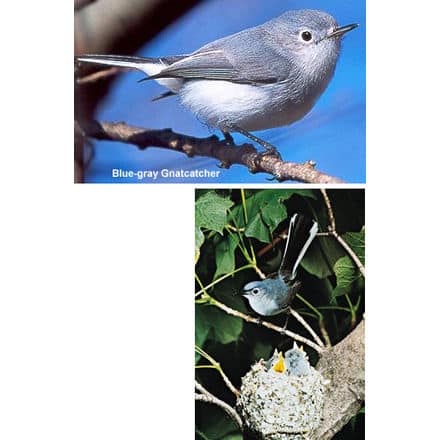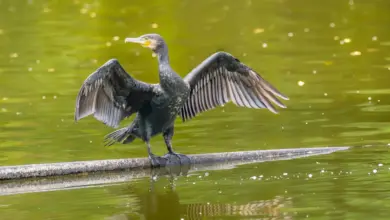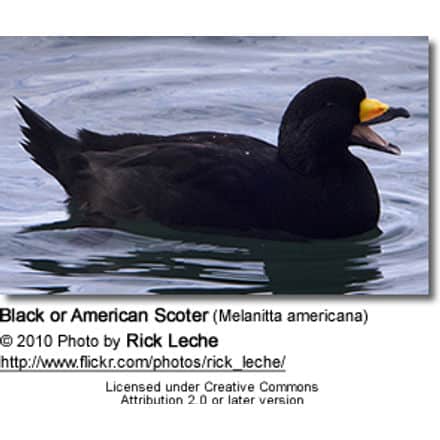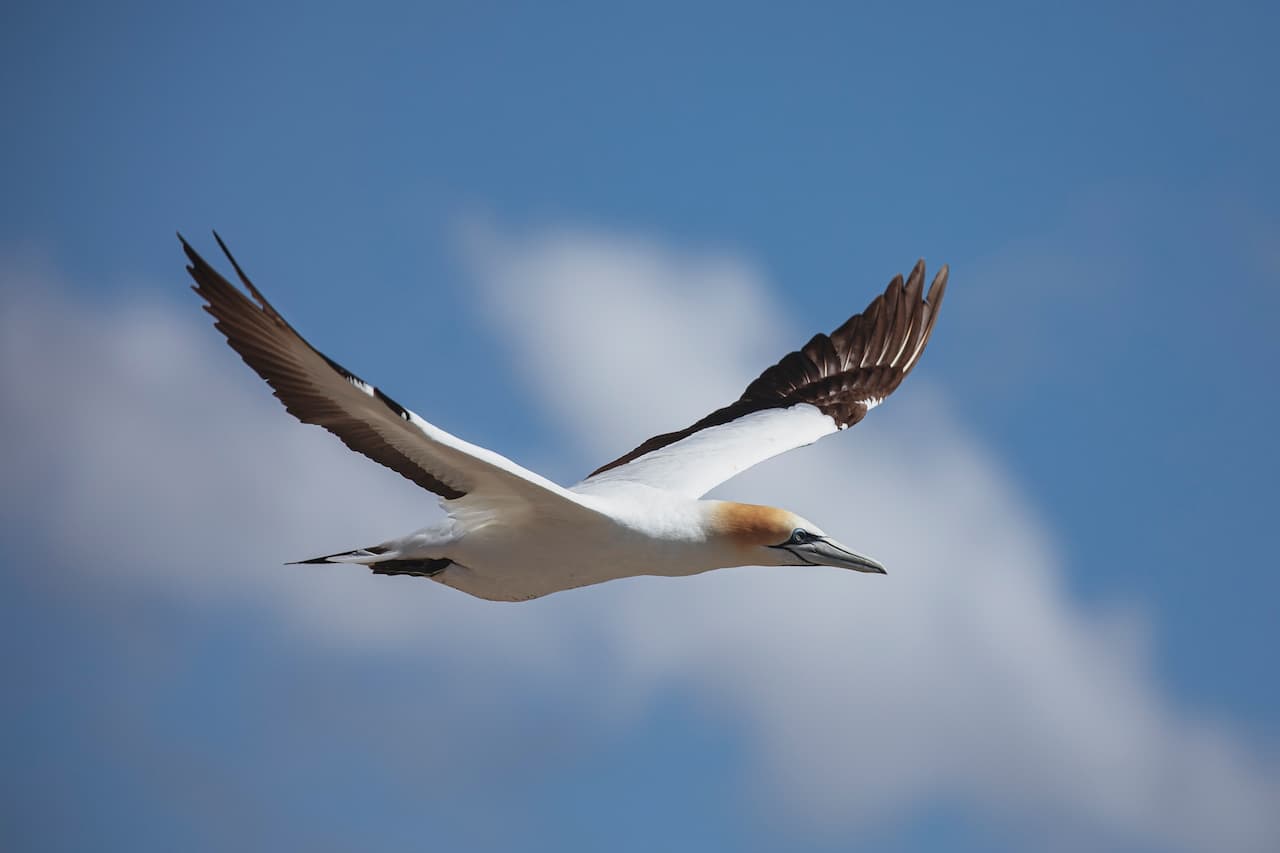Blue-gray Gnatcatcher
Distribution / Habitat:
The Blue-gray Gnatcatchers breed locally from eastern Canada and California to the Bahamas and Guatemala. During the winter, gnatcatchers migrate to Central and South America.
The black-tailed gnatcatcher lives in the deserts of the southwestern U.S.; the other species are found in Central and South America and Cuba.
They leave their wintering sites by mid-March. They remain at their breeding site until shortly after the young have become fully independent, usually in mid-August.
They enjoy a wide range of woodland habitats, from shrublands to mature forests; and avoid coniferous forests and concentrate largely along habitat edges. Some of their habitats include floodplain forests, lakeside habitats, pinyon-juniper woodlands, and arid, subtropical shrubbery.
Description:
Blue-gray gnatcatchers are sometimes described as looking like tiny mockingbirds. They are about 4.5 in. (11 cm) long, with a long white-edged tail and the typical insectivore’s long sharp bill.
They are bluish-grey above and white below. The color of the bases of the wings blends into the black coloring at the tips. The tail is black with white streaks interspersed. There are prominent thin white rings around each eye.
Breeding / Nesting:
Monogamous pairs are formed shortly after the return to the breeding range, in late March or April. There is no evidence as to whether these pairs are lifelong or if new pairs are formed every breeding season. The Gnatcatcher nests fairly early for a North American songbird, sometime in the month of April.
The nest is built by both the male and female, and takes nearly two weeks to complete. Three to five eggs are laid 5-10 days after construction is finished. The male and female both incubate. After another two weeks the young hatch. Both parents bring food to the young. Although both the male and female contribute to the care of the eggs and hatchlings, they do not interact with one another after incubation begins, seeing each other only in passing. They often fledge a second brood together later in the season.
Parents often attack fledglings from the first brood of the summer if they interfere with the rearing of the second brood.
Diet
Gnatcatchers eat mainly small insects and spiders. They search for food by moving up and down through the outer branches of trees or shrubs. Their preferred foods are (in order from highest amount to lowest): Homoptera (cicadas, aphids), Hemiptera, Coleoptera (beetles), Lepidoptera (moths and butterflies), Diptera (flies), Hymenoptera (ants, bees, wasps), and Araneae (spiders).
References
Ellison, Walter G. 1992. The Birds of North America. No. 23. The American Ornithologists’ Union.
Species Research by Sibylle Johnson
Please Note: The articles or images on this page are the sole property of the authors or photographers. Please contact them directly with respect to any copyright or licensing questions. Thank you.





